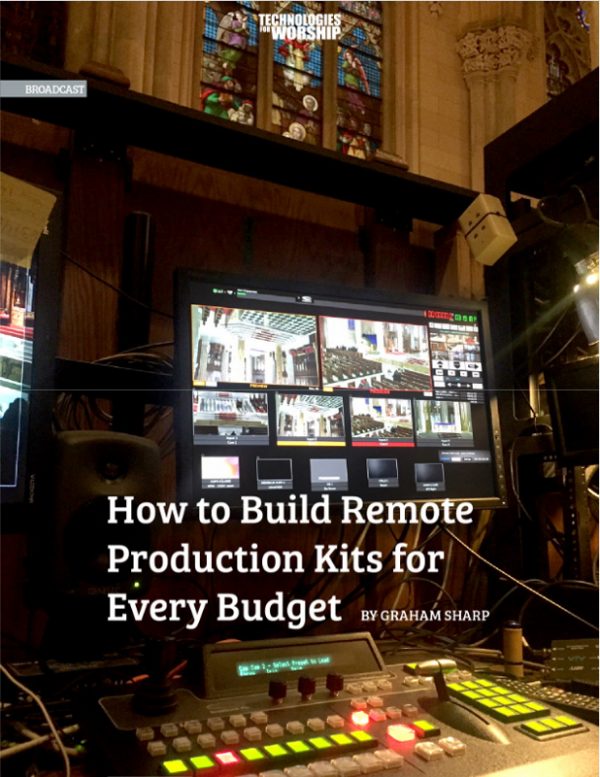– June 24, 2021 – Few technologies have come of age so quickly during the pandemic than remote production. We have seen its use increase rapidly in all sectors of the video production industry, from high-profile sporting events to local church services. At first, it was necessity that provided this pivot towards remote; lockdown protocols often meant that people simply could not physically attend production locations in the number that they did.
What we are seeing now is the level of interest being sustained even as we slowly start getting back to normal as the economics of remote production make compelling arguments. Whether simply trying to distribute people at a greater distance from each other in a single building or setting up a centralized production hub that can work to stream broadcasts from multiple sites, remote production is going to be one of the defining trends of the next few years, Covid or no Covid.
The good news is that it’s not necessarily expensive to implement; high production values can be achieved on fairly modest production budgets. The challenge, however, is to ensure that the money you spend on a remote production installation is reflected on the screen where your viewers are watching, looking at the key components in turn:
Cameras
This is probably the easiest part of the equation to balance as PTZ cameras are by far and away the best choice to make. Also sometimes known as robos or robotic cameras, the acronym stands for ‘pan’, ‘tilt’, and ‘zoom’ and they enable a single camera to provide multiple camera views to capture a variety of different aspects of your ministry. They are inexpensive enough that you can use several if you want and over recent years have become increasingly sophisticated, with image processing algorithms ensuring high picture quality even under low light conditions, and optical zooms of up to 20x is fairly standard.
![Broadcast Pix, Inc. [US] Logo](https://broadcastpix.com/wp-content/uploads/2018/05/broadcastpix-inc-sticky-logo7.png)
